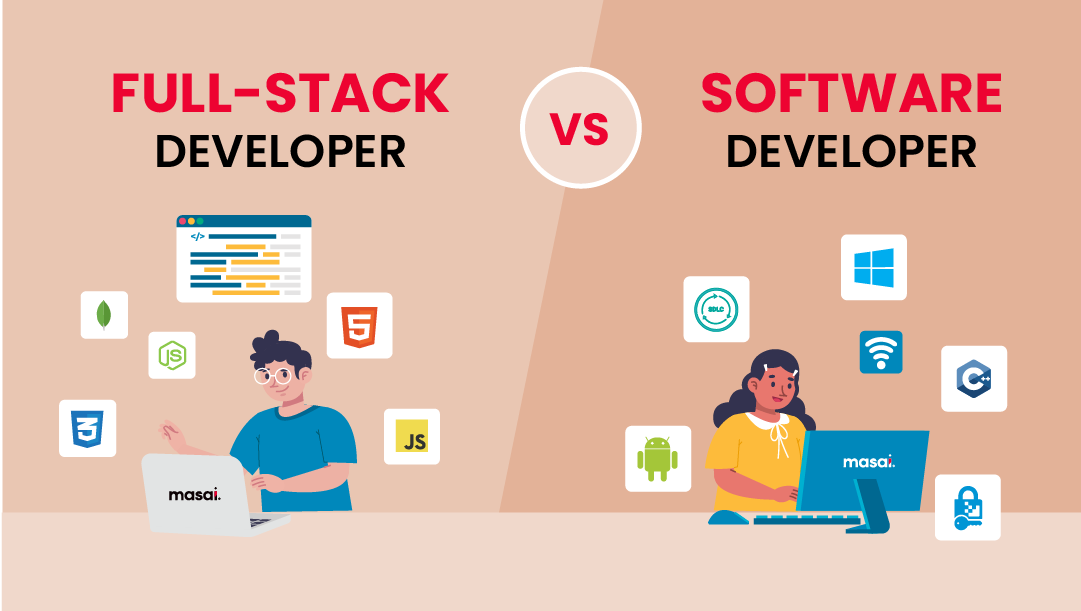Dedicated Developers vs. In-House Teams: Which Is Right for You?
The decision in between using specialized designers and preserving an in-house group is a significant one that can affect the trajectory of your jobs and total organization approach. Committed designers provide a degree of versatility and customized experience that can be beneficial for details, temporary efforts. Conversely, internal teams add to a cohesive business society and a nuanced understanding of long-lasting goals. By checking out critical variables such as budget, job range, and desired control, you can better identify which technique aligns with your business demands. The implications of this selection prolong past instant outcomes-- think about the wider impact on your company landscape.
Recognizing Devoted Programmers
The growing need for specialized skills in the technology industry has caused the appearance of dedicated designers as a sensible option for several companies. These professionals are typically acquired on a task basis, permitting business to take advantage of details expertise without the long-lasting commitment connected with full-time hires. Dedicated designers are usually ingrained within a client's group, giving flexibility and scalability to meet job requirements.
This design permits organizations to access a worldwide skill swimming pool, which is especially advantageous in a quickly advancing technological landscape. Devoted designers can be sourced from numerous geographical areas, making certain that firms can find the appropriate capability at affordable rates. They frequently bring a wealth of experience and understanding, having actually dealt with varied tasks across different sectors.
Moreover, specialized programmers can focus specifically on the jobs at hand, improving productivity and effectiveness. They are geared up to incorporate effortlessly right into existing operations, teaming up carefully with internal groups to attain job goals. This strategy not just minimizes the burden of recruitment and training however likewise enables organizations to stay nimble, adapting quickly to altering market demands and technological innovations.
Benefits of In-House Teams

Additionally, internal teams often tend to have a deeper understanding of the business's objective, worths, and objectives. This placement can enhance worker involvement and inspiration, as staff member feel more connected to their work and the organization's success. In addition, having a dedicated in-house group enables for far better positioning of objectives and techniques, as these participants are continually concentrated on the firm's concerns.
In-house groups also assist in quicker decision-making procedures, as they can respond extra swiftly to changes and challenges. The recognized partnerships and knowledge with firm protocols enable for streamlined process and lowered miscommunication. Ultimately, the combination of a natural society, alignment with business goals, and efficient communication makes in-house groups a valuable property for many organizations, specifically those seeking to grow lasting development and development.
Expense Factors To Consider
When evaluating price considerations, both dedicated programmers and in-house groups existing unique financial implications for companies. Engaging committed developers commonly includes a pay-per-project or per hour price version, which can be cost-efficient for services with varying task demands. This approach enables flexibility in scaling sources up or down, ensuring that business just spend for the solutions they require.
On the other hand, in-house teams require taken care of costs, consisting of incomes, benefits, visit homepage and overhead expenses such as workplace and devices. While this version supplies greater control and prompt schedule of sources, it may bring about greater long-term expenses, particularly if the workload does not warrant a permanent personnel.
Additionally, firms ought to think about the surprise costs connected with recruitment and training of internal workers, which can better strain budget plans. In many cases, the moment and sources invested on taking care of an in-house team can diminish the organization's core service objectives.

Task Management and Adaptability
Project monitoring and versatility are essential elements that influence the selection between dedicated programmers and in-house groups. Dedicated developers commonly provide a high degree of adaptability, enabling organizations to range resources up or down based on job demands. This dexterity can be particularly helpful for organizations experiencing rising and fall workloads or those looking for to introduce quickly. Devoted groups typically have actually established processes for taking care of projects successfully, leveraging details methods like Agile or Scrum, which help with iterative development and adaptability.

Ultimately, the selection in between dedicated designers and in-house groups depends upon the preferred level of adaptability and the specific project monitoring needs. Companies should review their operational characteristics, task complexity, and resource accessibility to figure out which option lines up ideal with their critical objectives.
Making the Right Choice
Choosing the ideal growth approach-- dedicated developers or in-house groups-- needs a mindful evaluation of numerous elements that align with a business's calculated objectives. offshore software development. First, consider the nature of the project. If it requires specialized abilities or a fast scale-up, committed programmers might be more suitable. Alternatively, internal groups can give far better connection and assimilation with existing personnel.
Following, review your budget. Dedicated developers often provide an affordable service for short-term jobs, while internal groups may incur greater long-lasting expenses as a result of incomes, benefits, and expenses expenses. Analyze the level of control and collaboration preferred; in-house groups typically promote more powerful communication and alignment with business society.
If instant results are essential, specialized developers can be onboarded rapidly, whereas constructing an in-house team takes time for recruitment and training. If continual development is crucial, investing in an internal group may yield better returns over time.
Verdict
In verdict, the decision between in-house groups and devoted designers pivots on job demands and business purposes. On the other parallel development hand, internal groups cultivate a cohesive society and deeper placement with long-lasting goals.
The choice between using committed programmers and maintaining an in-house team is a significant one that can impact the trajectory of your tasks and overall service method.Job monitoring and versatility are critical elements that influence the option in between devoted designers and in-house groups. dedicated development team.In contrast, internal groups may succeed in maintaining a regular job management framework due to their familiarity with the organization's culture and long-term goals. Dedicated this post developers frequently provide a cost-effective remedy for temporary projects, while in-house groups may sustain higher long-lasting costs due to incomes, advantages, and expenses prices.In conclusion, the choice in between in-house groups and committed programmers pivots on job demands and business purposes